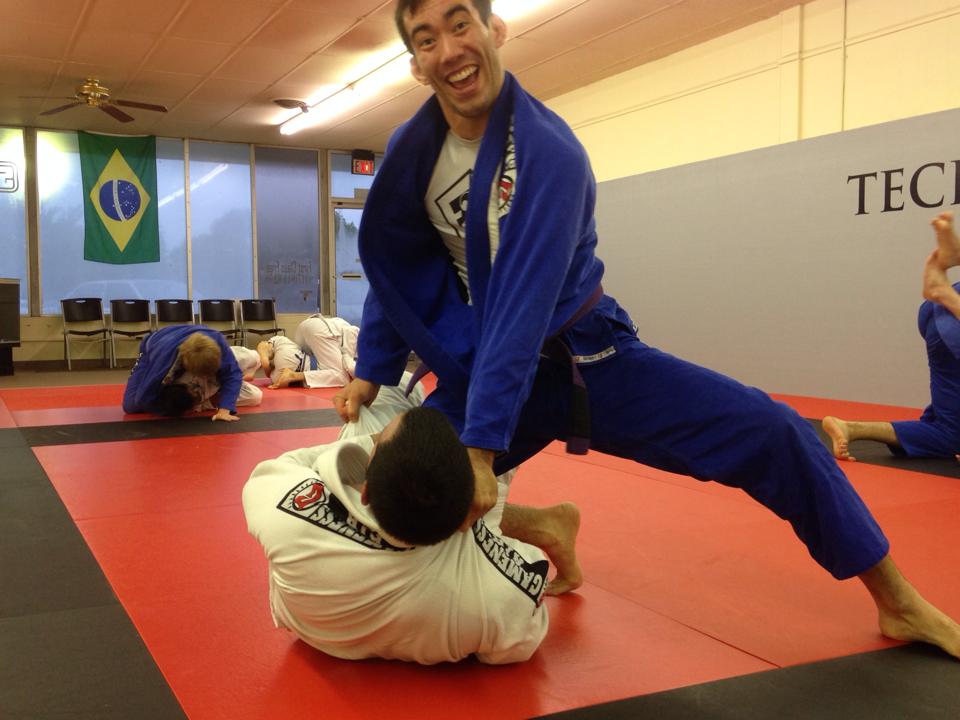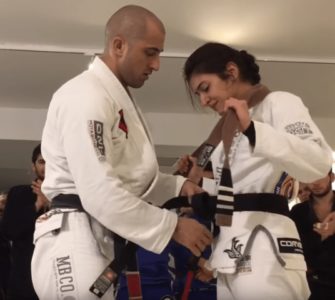When you start to read this article, you’re probably expecting to read a feminist thesis on anti-white descrimination…This voluntarily polemical title seeks only to speak of a subject that is finally little touched on: the discrimination suffered by the white belts in BJJ. If you feel discriminated, White Belt, raise your head and puff your chest, we are going to talk about you!
The approach to this situation can vary, and it’s important to consider both the learning environment and the principles of BJJ. Here are some insights:
- Patience and Teaching: BJJ is a martial art that emphasizes respect, discipline, and continuous learning. When encountering a cocky white belt, more experienced practitioners might choose to be patient and use the opportunity to teach. This approach involves guiding the white belt through techniques and helping them understand the importance of humility in learning BJJ.
- Controlled Sparring: Instead of using full force or aggression, experienced practitioners might opt for controlled sparring. This means applying techniques in a way that demonstrates skill and control, without causing harm or discouragement. It’s a method to show the white belt the depth of BJJ and the importance of technique over arrogance.
- Fostering a Positive Environment: The culture of a BJJ gym plays a crucial role in how situations like these are handled. Instructors and senior students often set the tone by fostering an environment of mutual respect and learning. This culture can naturally help in managing the behavior of cocky white belts.
- Setting Boundaries: If a cocky white belt is disruptive or poses a risk to others, it’s important to set boundaries. This might involve having a conversation about gym etiquette, safety, and the expectations of behavior on the mats.
- Leading by Example: Senior students and instructors can lead by example, showing that humility, respect, and dedication are valued traits in BJJ. This can be a powerful way to influence newer students and shape their approach to training.
The approach to dealing with cocky white belts in BJJ should be balanced, aiming to teach and correct rather than to punish or embarrass. It’s about nurturing growth and understanding in the art, and ensuring a positive and respectful training environment for everyone.


















